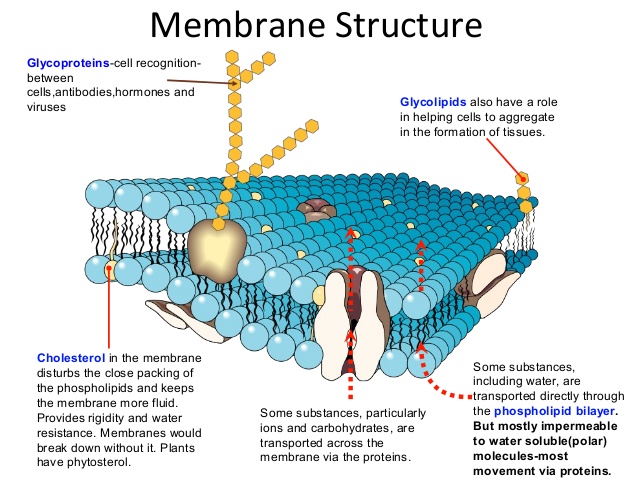The membrane is not, as most of us imagine it, a durable, rubbery casing, something that you would need a sharp pin to prick. Rather, it is made up of a type of fatty material known as a lipid, which has the approximate consistency "of a light grade of machine oil," to quote Sherwin B. Nuland. If that seems surprisingly insubstantial, bear in mind that at the microscopic level things behave differently. To anything on a molecular scale water becomes a kind of heavy-duty gel, and a lipid is like iron.

If you could visit a cell, you wouldn't like it. Blown up to a scale at which atoms were about the size of peas, a cell itself would be a sphere roughly half a mile across, and supported by a complex framework of girders called the cytoskeleton. Within it, millions upon millions of objects—some the size of basketballs, others the size of cars—would whiz about like bullets. There wouldn't be a place you could stand without being pummeled and ripped thousands of times every second from every direction. Even for its full-time occupants the inside of a cell is a hazardous place. Each strand of DNA is on average attacked or damaged once every 8.4 seconds—ten thousand times in a day—by chemicals and other agents that whack into or carelessly slice through it, and each of these wounds must be swiftly stitched up if the cell is not to perish.












